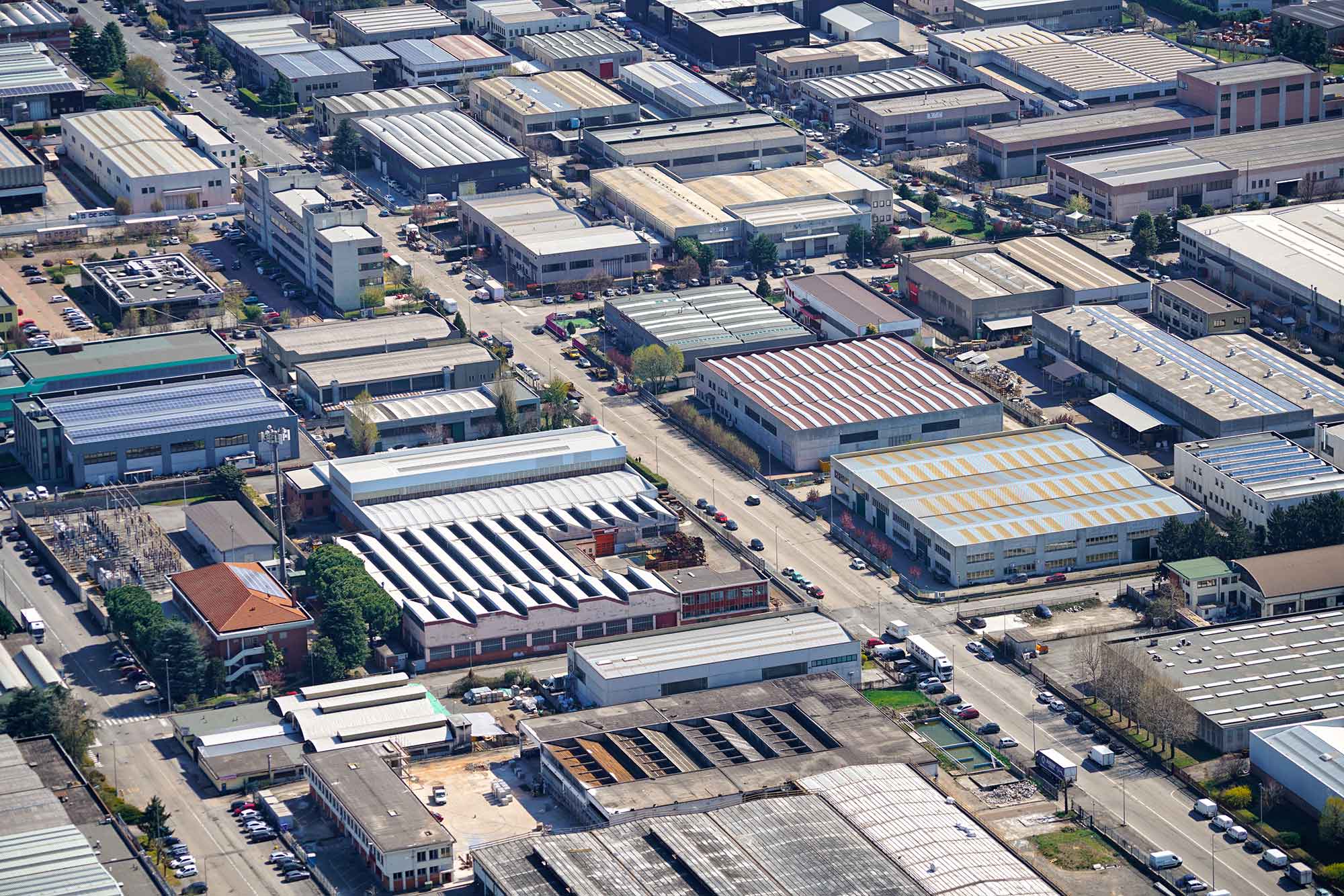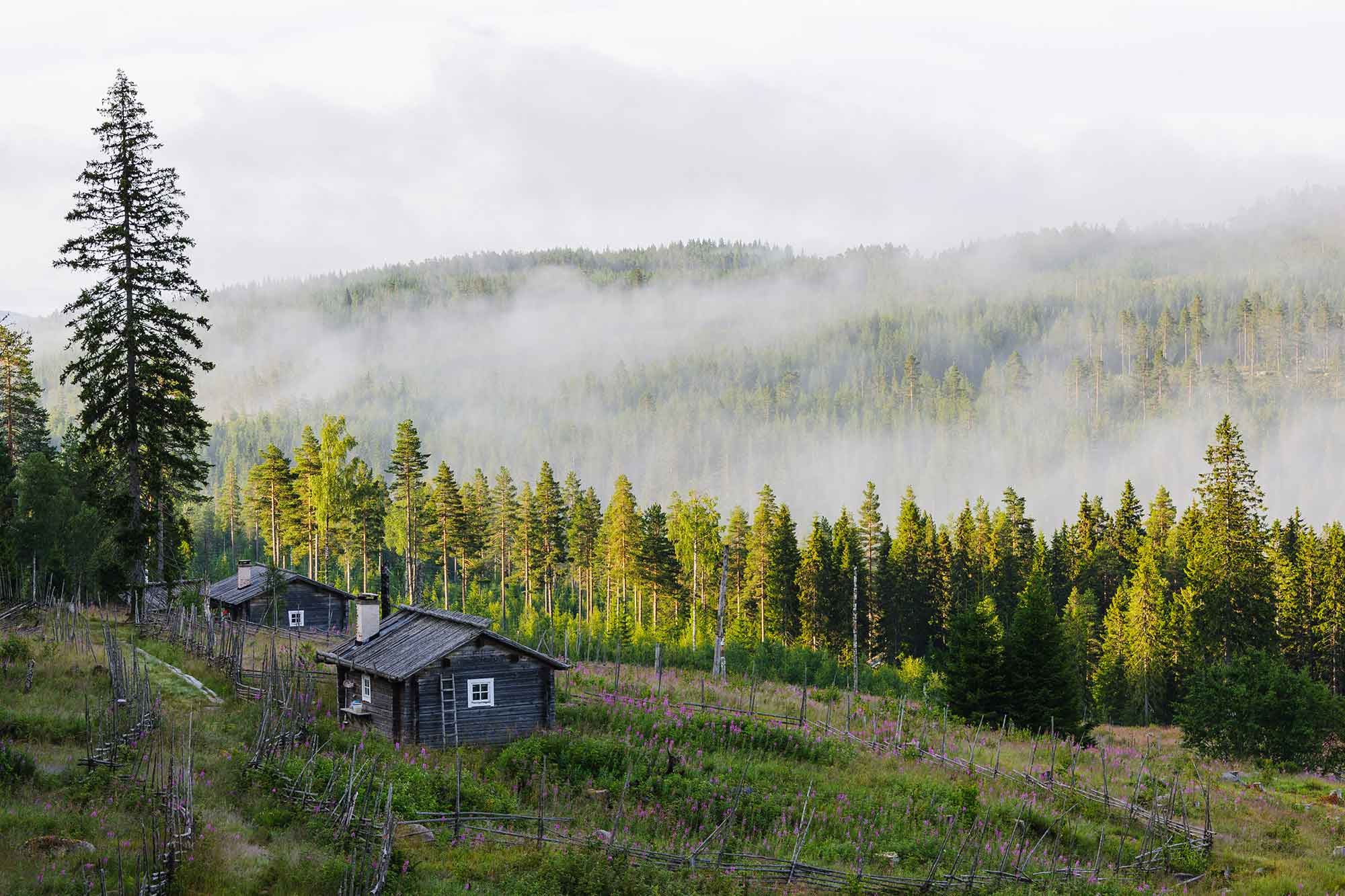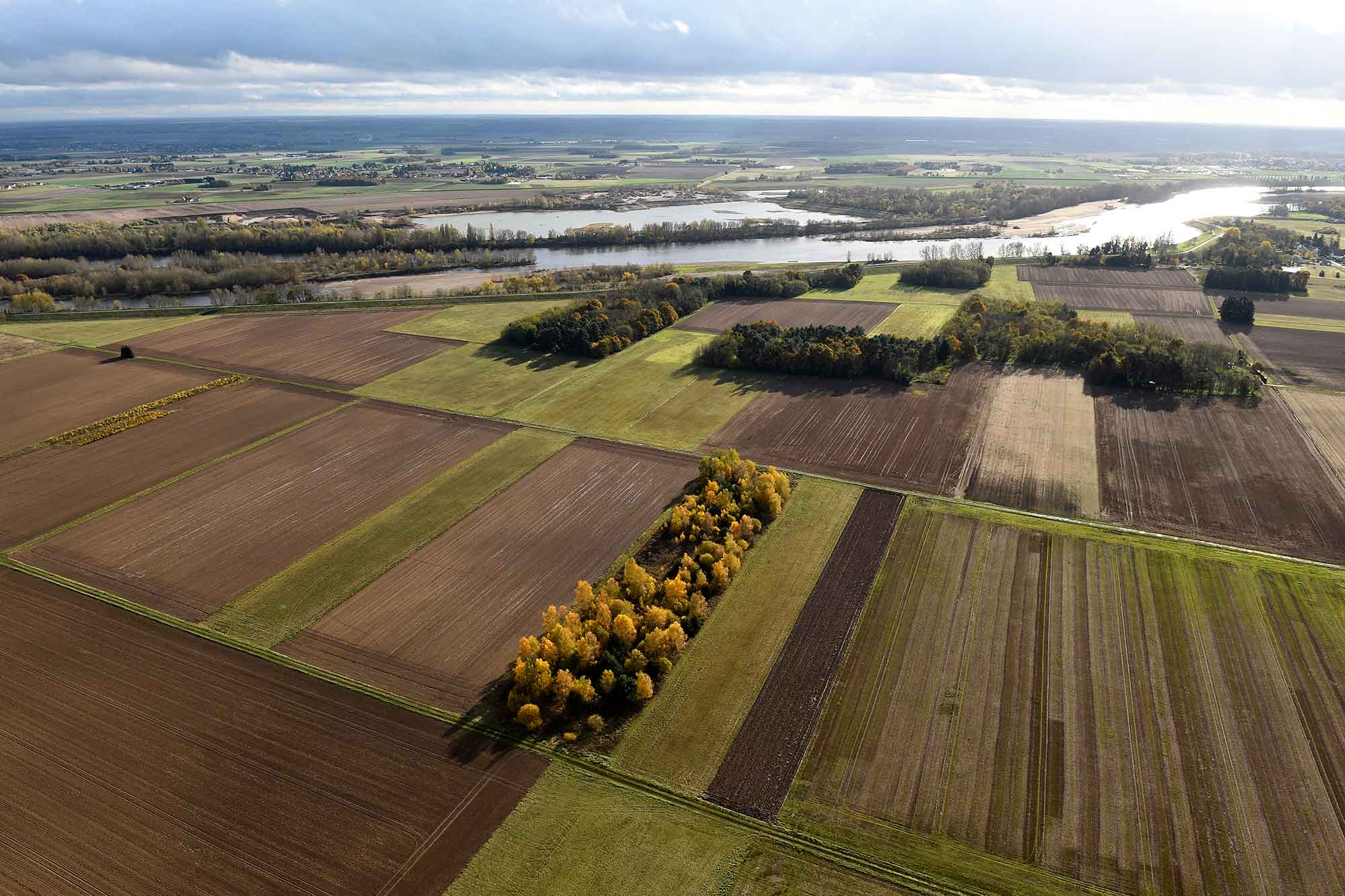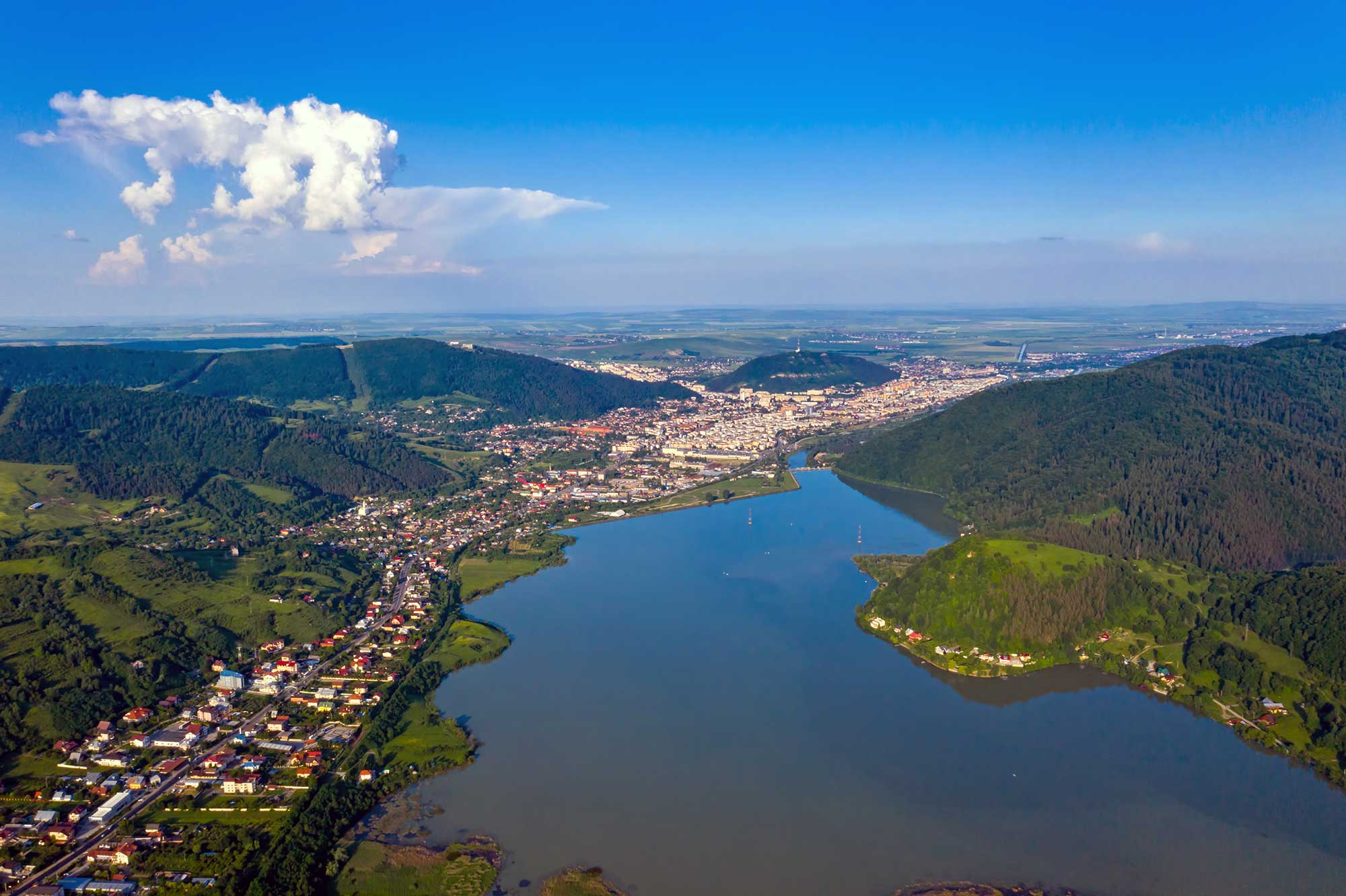BIC has more than 200 industry members covering the whole value chain, from primary production to the market, across multiple and diverse sectors including agriculture & agri-food, forest and forest-based sectors, aquaculture & marine, chemicals and materials, including bio-based fibres and bioplastics, pulp & paper, market sectors, technology providers and waste management & treatment. All of these members have access to the platform. They can use it to specify their investment objectives, target market sectors, bio-based feedstocks to valorise, etc.
The more than 50 participating regions for their part, can provide relevant information that is of interest to investors from the biobased industries, e.g. details of their Smart Specialisation Strategies (S3), financial incentives available for bio-based investment, bio-based feedstocks present, etc.
For example, Värmland (Sweden) and Vidzeme (Latvia), have an extensive sustainable forest-based bioeconomy, as well as specialized knowledge and research institutions. North-East Romania draws attention to the sectors of its RIS3, in particular agro-food, forestry, wood technology and biotechnology, which are already well embedded in the regional economy. Pays de la Loire in France offers a combination of a long coastline with inland rural areas, making both land-based and maritime biomass available. Lombardy (Italy) is an industrialized region with highly developed (bio)chemical and pharmaceutical sectors with an impressive innovation ecosystem: almost three quarters of all R&D expenditure in Italy is invested in this region.
Co-financing green growth
Generating more green growth will require private and public funding together. The platform will allow regions to describe co-financing options and financial incentives that are available in the various regions to stimulate bio-based investment from the private sector. Apart from the well-known European programs such as Interreg/European Regional Development Fund (ERDF) and the activities of the BBI JU, this could include national schemes associated with a Smart Specialization Strategy.
In addition, some regions have their own instruments, such as sectoral funds for specific bioeconomic activities. In Pays de la Loire, for example, funds are available that target sectors such as forestry or micro algae. Agreements about green purchases and/or first time customers can also have a stimulating effect. In Lombardy, it is legally established that the government will stimulate investment in research and innovation by spending at least 3% of public procurement on innovative and green solutions and products.
Communication and collaboration
From the regions themselves, the platform is seen as a unique opportunity to lower the barriers to reciprocal contacts with the biobased industries.
“Vidzeme is looking forward to developing new direct contacts with biobased industry players that could lead to new collaborative projects,” said Kristaps Ročāns of the Vidzeme Planning Region in Latvia. “In addition, we hope that the platform will also allow us to connect to other regions with bioeconomic RIS3 specializations, collect best practice examples, benchmark and learn more about the best policy tools to help stimulate the acquisition of bio-based industries and investments.”
The Pays de la Loire region sees the platform as a tool that simplifies dialogue with industry by offering parties the opportunity to contact each other directly for the first time. It also gives the region a clearer overview of who the bio-based industries actually are, what they do and which activities can be interesting for their region. “Visibility, dialogue and improved communication are the keywords here. It will certainly stimulate interactions with the biobased industry.”
Dag Hallén, on behalf of the Värmland region: “In Värmland we already have a very close collaboration with our clusters and industrial partners, with neighbouring Swedish and Norwegian regions and with European partners through our membership of the Vanguard Initiative. The BIC platform is a great addition to this. We hope this will strengthen our communication and collaboration with biobased industries, make it easier for biobased industries to learn more about our regional assets and help us connect with partners interested in investing in our region.”
Claudiu Mitrea, on behalf of the North-East Romania region: “The platform offers us the opportunity to promote the benefits and opportunities that the North-East region of Romania offers. It provides us with concrete information that we can translate into active working environments in a practical way. It encourages partners to create new biobased products, increases business competitiveness, helps us create new value chains and identify new business directions.”
Ilaria Re, on behalf of the Lombardy Region: “The Lombardy region faces the challenge of creating new market opportunities, by supporting the evolution of traditional production systems into new, emerging industries. To achieve this, we have already collaborated in several European initiatives that contribute to the biobased and circular economy, such as EUSALP for the Alpine region and the Bioeconomy Pilot of the Vanguard Initiative. The BIC platform adds an opportunity to match biobased actors even more easily.”
Future of the platform
The platform is now online and is already in full use by the bio-based industry members and European regions. How do the regions view the future development of this platform? What other functionality would they like to see?
In the Pays de la Loire, it is believed that the platform could form a connecting link not only between the regions and bio-based industries, but also between these actors and other parties, who can financially support the regional development of the bioeconomic sector, such as banks and the European Commission.
Financing is also mentioned in Vidzeme as a point of attention, and in particular access to alternative sources of financing for promising projects, which are not yet awarded by the BBI JU or traditional investors. Vidzeme would also like to see the platform become a source of information about new technologies and research results in the field of bio-based production and the bioeconomy.
The collection of data, best practices and indicators from current and future actors in the circular bioeconomy is also high on the agenda in Lombardy. The availability of more of this data would facilitate the creation of new integrated bio-based value chains.
North-East Romania is also keen to see the platform provide access to best practice models that can be implemented in the region, as well as opportunities for collaboration in strategic partnerships and information on training for the bio-based industry.
More interactive features are on Värmland’s wish list. These include online meeting opportunities, dialogue forums connected to the platform and webinars aimed at connecting industry and regions.
Supported by stakeholders
The European Committee of Regions (CoR) and other stakeholders vividly support the platform. Apostolos Tzitzikostas, President of the CoR, emphasised: “BIC’s new platform is an essential tool in connecting regions with new industrial partners: a sustainable bioeconomy is the green beating heart of the circular economy, a key building block of the European Green Deal, and the activities have to be anchored firmly at regional and local level to foster innovation and optimise the use of biomass. A sustainable and circular bioeconomy contributes to addressing global challenges like climate change, and land and ecosystem degradation. We remain committed to supporting its successful implementation, also for the health of our communities.”
BIOEAST, the Central-Eastern European Initiative for Knowledge-based Agriculture, Aquaculture and Forestry in the Bioeconomy also sees the partnering platform as a powerful tool in engaging local and regional public and private partners in the Central and Eastern European (CEE) regions. “Raising awareness and strengthening the local and regional dimension is a priority for us,”said Barna Kovacs, BIOEAST Secretary-General. “The digital platform can help us achieve our main objectives: working towards a sustainable bioeconomy by initiating cooperation, establishing multi-stakeholder networks and clusters, and facilitating joint actions at regional and European levels.”
According to Kovacs, the European solution for sustainability is strongly linked with the CEE regions. “They are traditionally rich in biomass, but still modest in value added processes. Promoting and investing in the sustainable biorefineries in CEE regions could enhance participation and benefit the whole EU.”
Next steps
The partnering platform is now online. “But this is just the beginning”, says Ben Kennard, BIC Communications and Stakeholder Relations Manager. “The model could be replicated for other institutions and bodies, like funding coming through the new European Circular Bioeconomy Fund, the European Investment Bank, the European Bank for Reconstruction and Development and so on.
“A broader participation of regions is envisaged in the next EU public-private partnership for the bio-based industries – Circular Bio-based Europe (CBE). The platform is just a first step in BICs ongoing efforts to increase regions bio-based activities, their participation in the European bioeconomy and their involvement in the proposed CBE partnership”, he added.
This article was written in cooperation with the Bio-based Industries Consortium (BIC).
Image above: Vidzeme (Ikars/Shutterstock)

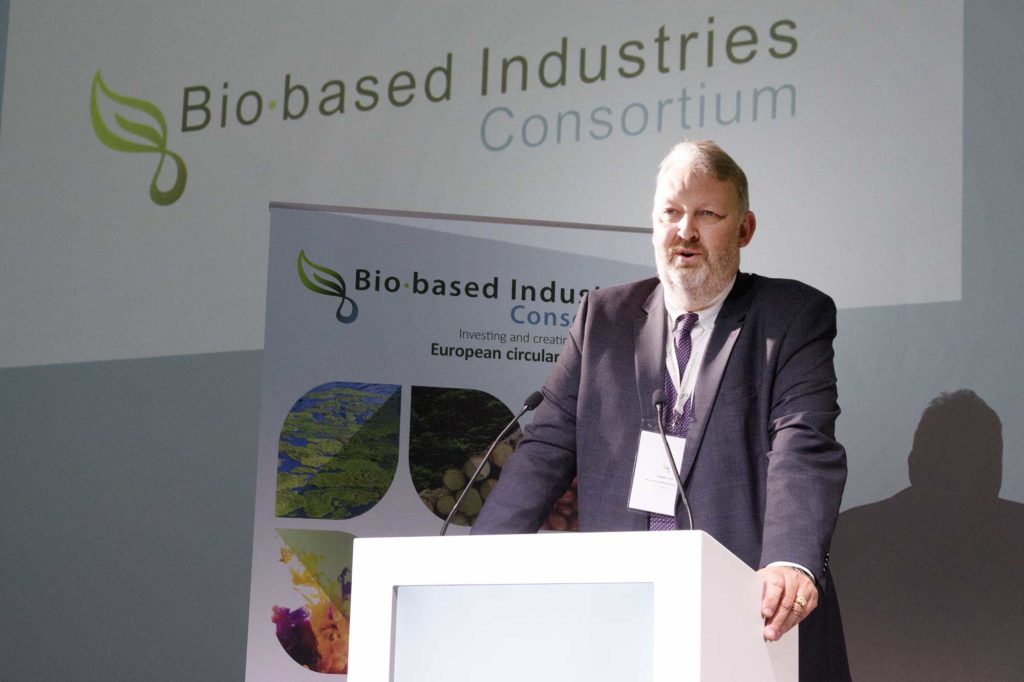 “The BIC platform can accelerate the green recovery in Europe’s regional and rural areas by supporting regions in realising their Smart Specialisation Strategies,” says Dirk Carrez, BIC Executive Director, announcing the platform’s launch. “The platform enables the bio-based industry and regions to make contact based on common needs, such as an industry’s objective to valorise a bio-based feedstock and its availability in a specific region. By better aligning industrial and regional bio-based investment priorities, the platform seeks to stimulate new bio-based investments and create new, local value chains.”
“The BIC platform can accelerate the green recovery in Europe’s regional and rural areas by supporting regions in realising their Smart Specialisation Strategies,” says Dirk Carrez, BIC Executive Director, announcing the platform’s launch. “The platform enables the bio-based industry and regions to make contact based on common needs, such as an industry’s objective to valorise a bio-based feedstock and its availability in a specific region. By better aligning industrial and regional bio-based investment priorities, the platform seeks to stimulate new bio-based investments and create new, local value chains.” 